Home>Furniture>Outdoor Furniture>How To Clean Hammock Fabric
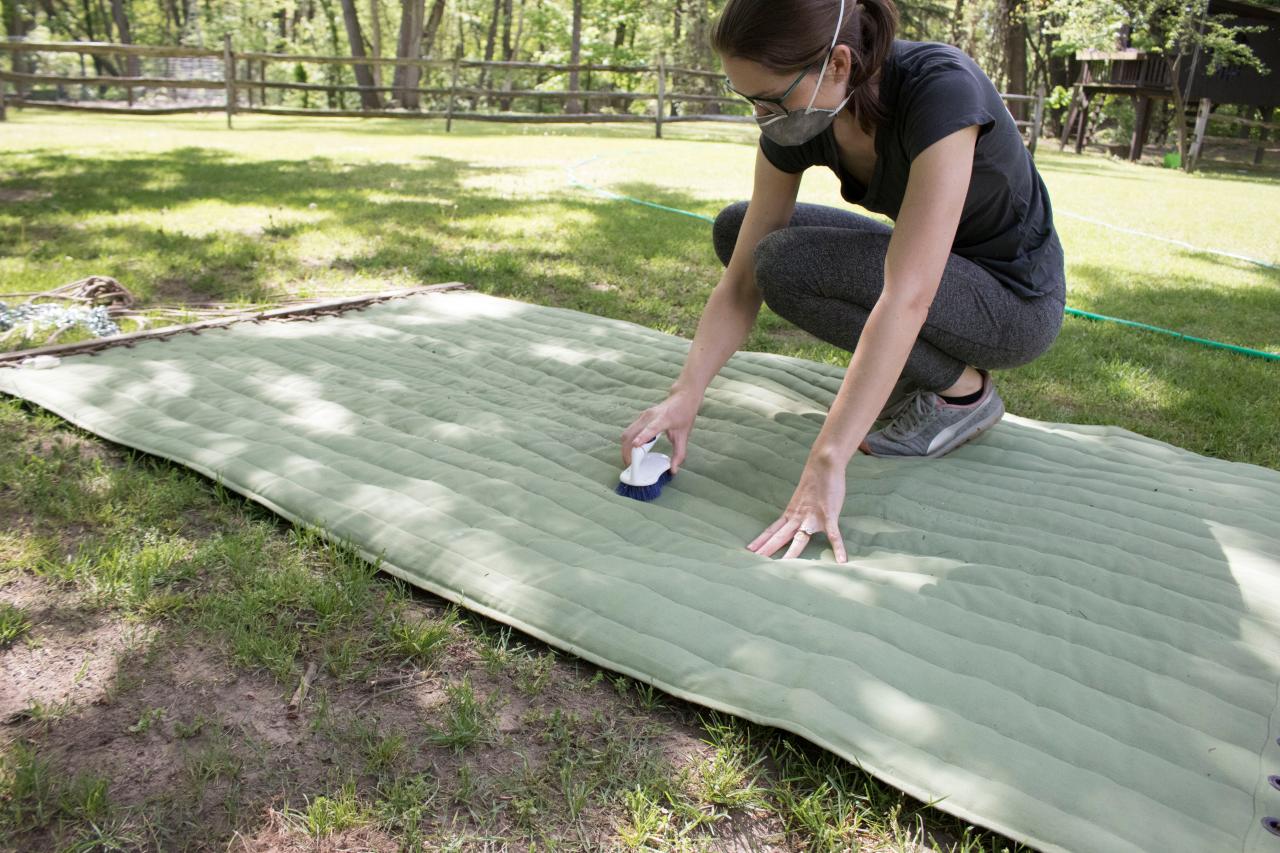

Outdoor Furniture
How To Clean Hammock Fabric
Modified: March 16, 2024
Looking for tips on how to clean outdoor furniture? Learn the best methods to clean hammock fabric and keep your outdoor space looking fresh and inviting!
(Many of the links in this article redirect to a specific reviewed product. Your purchase of these products through affiliate links helps to generate commission for Storables.com, at no extra cost. Learn more)
Introduction
Keeping your hammock fabric clean is not only important for maintaining its aesthetics but also for ensuring its longevity and durability. Over time, dirt, debris, and mildew can accumulate on the fabric, compromising its strength and causing it to deteriorate. Regularly cleaning your hammock fabric can help prevent this and extend its lifespan.
There are several benefits to maintaining a clean hammock:
- Appearance: A clean hammock fabric enhances the overall look of your outdoor space. Whether you’re lounging in your backyard, on the patio, or by the pool, a pristine hammock adds a touch of elegance and relaxation.
- Comfort: Dirty hammock fabric can feel rough and uncomfortable. By cleaning it regularly, you can ensure a cozy and enjoyable lounging experience.
- Hygiene: Hammocks are often exposed to the elements, including dust, pollen, and moisture. By cleaning the fabric, you eliminate potential allergens and prevent the growth of mold, mildew, and bacteria.
- Durability: The accumulation of dirt, grime, and stains can weaken the fibers of the fabric, leading to premature wear and tear. By keeping the fabric clean, you prolong its lifespan and avoid having to replace it sooner than necessary.
Now that you understand the importance of cleaning hammock fabric, let’s explore the materials needed and the steps required to ensure a thorough cleaning process.
Key Takeaways:
- Regularly cleaning your hammock fabric not only enhances its appearance but also ensures a cozy and hygienic lounging experience, extending its lifespan and maintaining its durability.
- Choose the right cleaning solution and method based on the fabric type, and follow proper drying and storage techniques to keep your hammock fabric in excellent condition for years to come.
Read more: How To Clean Fabric Blinds
Materials Needed
Before you begin cleaning your hammock fabric, gather the following materials:
- Mild detergent: Choose a gentle detergent without harsh chemicals or additives. This will effectively remove dirt and stains without damaging the fabric.
- Bucket or basin: Use a container large enough to hold the fabric and water for hand-washing or soaking.
- Soft-bristle brush: A brush with soft bristles will help agitate the fabric and remove stubborn stains without causing any damage.
- Hose or water source: Having access to water is essential for rinsing off the cleaning solution and ensuring a thorough clean.
- Spray bottle: If spot-cleaning, a spray bottle filled with the cleaning solution can help target specific areas of the fabric.
- Pressure washer (optional): If you have a pressure washer, it can be an efficient and effective tool for cleaning large hammocks with minimum effort.
- Stain remover (optional): If your hammock fabric has stubborn stains, a stain remover specifically designed for outdoor fabrics can assist in their removal.
Each of these materials is necessary to ensure a successful and thorough cleaning process. The mild detergent will safely and effectively clean the fabric without causing any damage. The bucket or basin allows you to soak the fabric or create a soapy solution for hand-washing. Using a soft-bristle brush helps scrub away dirt and stains without being too abrasive. A hose or water source is essential for rinsing off the cleaning solution and ensuring all traces of dirt are removed. If spot-cleaning, a spray bottle is useful for targeting specific areas. If you have access to a pressure washer, it can make the cleaning process more efficient and less labor-intensive. Finally, a stain remover can be handy for tackling stubborn stains that the detergent alone may not remove.
Now that you have all the necessary materials, let’s move on to preparing the hammock for cleaning.
Preparing the Hammock
Before you start cleaning your hammock fabric, it’s important to prepare the hammock properly. Follow these step-by-step instructions:
- Remove any accessories: Take off any pillows, cushions, or other accessories attached to the hammock. This will ensure that you can focus solely on cleaning the fabric.
- Shake off debris: Take the hammock outdoors and vigorously shake it to remove any loose debris, such as leaves, twigs, or dirt. This step will help minimize the amount of dirt that needs to be cleaned off the fabric.
- Brush off dirt: Use a soft-bristle brush to gently brush off any remaining dirt or debris from both sides of the fabric. Pay close attention to the crevices and seams where dirt may be trapped.
- Inspect for stains: Take a close look at the fabric to identify any stubborn stains. Note their location so you can give them extra attention during the cleaning process.
By following these steps, you ensure that your hammock is ready for a thorough cleaning. Removing the accessories allows you to focus solely on the fabric and ensures that they won’t hinder the cleaning process. Shaking off debris and brushing off dirt help to minimize the amount of loose dirt on the fabric, making the cleaning process more effective. Finally, inspecting for stains allows you to identify problem areas that may require extra attention.
Now that your hammock is adequately prepared, let’s move on to the various methods of cleaning hammock fabric.
Cleaning Methods
When it comes to cleaning hammock fabric, there are various methods you can choose from depending on your needs and the condition of the fabric. Let’s explore the different ways to clean hammock fabric:
- Hand-washing: Hand-washing is a gentle and effective method for cleaning hammock fabric. Fill a bucket or basin with water and add a small amount of mild detergent. Immerse the fabric in the soapy water and gently agitate it with your hands. Pay extra attention to any stained areas and use a soft-bristle brush to gently scrub if necessary. Once the fabric is clean, rinse it thoroughly with clean water and hang it to dry.
- Machine-washing: Some hammock fabrics are machine-washable, but it’s important to check the manufacturer’s instructions before proceeding. If machine-washing is recommended, remove any accessories attached to the hammock and place the fabric in the washing machine. Use a gentle cycle with cold water and a mild detergent. Avoid using bleach or harsh chemicals. Once the washing cycle is complete, remove the fabric and hang it to air dry.
- Spot-cleaning: Spot-cleaning is ideal for addressing small stains or localized dirt on the hammock fabric. Fill a spray bottle with a mixture of water and mild detergent. Spray the solution directly onto the stained area and gently scrub it with a soft-bristle brush. Rinse the spot with clean water and pat it dry with a clean cloth. This method is quick and efficient for addressing specific problem areas without having to clean the entire fabric.
- Using a pressure washer: If you have access to a pressure washer, it can be a convenient option for cleaning large hammocks or heavily soiled fabric. Set the pressure washer to a low to medium pressure setting and use a wide-angle nozzle. Hold the nozzle about 12 inches away from the fabric and spray in a sweeping motion, working from top to bottom. Be cautious not to use excessive pressure, as it can damage the fabric. After thoroughly rinsing the fabric, hang it to dry.
Choose the cleaning method that best suits your needs and the condition of your hammock fabric. Keep in mind that delicate or specialty fabrics may require specific cleaning instructions, so always refer to the manufacturer’s guidelines if available.
Next, let’s explore how to choose the right cleaning solution for your hammock fabric.
Choosing the Right Cleaning Solution
When it comes to selecting a cleaning solution for your hammock fabric, it’s important to choose one that is safe and effective. Here are some tips to help you select the appropriate cleaning solution:
- Read the manufacturer’s instructions: Check if the hammock fabric comes with specific cleaning recommendations from the manufacturer. Following their guidelines ensures that you use a suitable cleaning solution without risking damage to the fabric.
- Mild detergent: Opt for a mild detergent that is specifically formulated for delicate fabrics. Avoid using harsh chemicals or bleach, as they can damage or discolor the fabric.
- Consider the fabric type: Different hammock fabrics may have specific cleaning requirements. For example, cotton and polyester blends may require a different type of cleaning solution compared to acrylic or nylon fabrics. Take into account the specific fabric type and its recommended care instructions.
- Test on a small area: Before applying the cleaning solution to the entire fabric, perform a patch test on a small, inconspicuous area. This will help you determine if the cleaning solution is compatible with the fabric and won’t cause any adverse reactions, such as discoloration or damage.
When choosing between homemade or commercial cleaners, consider the following factors:
- Effectiveness: Commercial cleaners are specifically formulated to tackle tough stains and dirt, making them a reliable option. However, homemade cleaners can also be effective for mild cleaning needs.
- Budget: Homemade cleaners are often more cost-effective since they use common household ingredients. However, commercial cleaners may offer convenience and specialized formulas for specific fabric types.
- Safety: Commercial cleaners undergo testing and are generally safe for use. Homemade cleaners, although natural, may not have undergone the same rigorous testing. Take precautions when using homemade cleaners and ensure they don’t contain any ingredients that may harm the fabric or the environment.
Ultimately, the choice between homemade or commercial cleaners depends on your personal preferences, the fabric type, and the level of cleaning required.
Now that you have an understanding of how to choose the right cleaning solution, let’s dive into the cleaning process itself.
Read more: How To Clean Armchair Fabric
Cleaning Process
Now that you have prepared your hammock and chosen the appropriate cleaning solution, let’s walk through the step-by-step cleaning process for hammock fabric. Here are specific guidelines for each cleaning method:
Hand-washing:
- Fill a bucket or basin with water and add a small amount of mild detergent.
- Immerse the hammock fabric in the soapy water and gently agitate it with your hands.
- Focus on stained areas and use a soft-bristle brush to gently scrub, if necessary.
- Rinse the fabric thoroughly with clean water to remove all soap residues.
- Hang the hammock fabric to dry in a well-ventilated area, avoiding direct sunlight.
Machine-washing:
- Remove any accessories attached to the hammock.
- Place the hammock fabric in the washing machine, ensuring it is not overloaded.
- Use a gentle cycle with cold water and a mild detergent. Avoid using bleach or harsh chemicals.
- Once the washing cycle is complete, remove the fabric from the machine.
- Hang the hammock fabric to air dry in a well-ventilated area.
Spot-cleaning:
- Fill a spray bottle with a mixture of water and mild detergent.
- Spray the solution directly onto the stained area of the hammock fabric.
- Gently scrub the spot with a soft-bristle brush.
- Rinse the spot with clean water and pat it dry with a clean cloth.
- Allow the spot to air dry.
Read more: How To Clean A Fabric Awning
Using a pressure washer:
- Set the pressure washer to a low to medium pressure setting.
- Hold the nozzle about 12 inches away from the fabric and spray in a sweeping motion, working from top to bottom.
- Be cautious not to use excessive pressure, as it can damage the fabric.
- Thoroughly rinse the fabric to remove any soap residues.
- Hang the hammock fabric to dry in a well-ventilated area.
When cleaning your hammock fabric, always refer to the manufacturer’s instructions if provided. Additionally, it’s important to check the care label attached to the fabric for any specific guidelines or restrictions.
Once your hammock fabric is clean, let’s move on to the drying and storing process.
Drying and Storing
After cleaning your hammock fabric, it’s vital to ensure it dries properly to prevent damage and maintain its quality. Here are some techniques for drying the fabric:
- Air drying: Hang the hammock fabric in a well-ventilated area away from direct sunlight. This allows air circulation to aid in drying the fabric naturally. Avoid using a dryer, as high heat can shrink or damage the fabric.
- Check for dampness: Before storing the hammock fabric, ensure it is completely dry. Dampness can lead to mildew or mold growth, compromising the fabric’s integrity.
When it comes to storing your hammock fabric, follow these tips to prevent damage and maintain its quality:
- Clean and dry it thoroughly: Before storing, make sure the fabric is clean and completely dry. Any leftover moisture can lead to mildew or musty odors over time.
- Store in a cool, dry place: Find a storage area that is cool, dry, and free from humidity. Excessive moisture can cause mold or mildew to develop on the fabric.
- Avoid direct sunlight: Prolonged exposure to sunlight can fade the fabric and weaken its fibers. Store the hammock fabric away from direct sunlight or use a protective cover.
- Protect from pests: Ensure the storage area is pest-free, as insects or rodents can damage the fabric. Consider using repellents or storing the fabric in a sealed container.
By following these techniques for drying and storing your hammock fabric, you can prolong its lifespan and maintain its quality for many seasons of enjoyment.
Now that you know how to properly care for your hammock fabric, let’s explore some maintenance and preventive measures to keep it in excellent condition.
To clean hammock fabric, mix mild detergent with water and scrub the fabric using a soft brush or cloth. Rinse thoroughly and let it air dry completely before using again. Avoid using harsh chemicals or bleach.
Maintenance and Preventive Measures
Regular maintenance is key to keeping your hammock fabric clean and extending its lifespan. Here are some recommendations for maintaining your hammock fabric:
- Regular cleaning: Perform regular cleaning to remove dirt, debris, and stains from the hammock fabric. This can be done using the cleaning methods mentioned earlier.
- Prompt spot-cleaning: Attend to any spills or stains immediately to prevent them from setting into the fabric. Spot-clean the affected area as soon as possible for the best chance of successful stain removal.
- Periodic deep cleaning: In addition to regular cleaning, schedule periodic deep cleaning sessions for a more thorough removal of dirt and grime. This can help maintain the fabric’s appearance and longevity.
- Regular inspections: Regularly inspect the hammock fabric for any signs of damage, such as tears or fraying. Promptly repair any issues to prevent further damage and ensure the fabric stays in good condition.
- Proper storage: When not in use, store your hammock fabric in a cool, dry place away from direct sunlight. Use a storage bag or container to protect it from dust, pests, and the elements.
- Protective covers: Consider using protective covers specifically designed for hammocks to shield the fabric from UV rays, moisture, and dirt when it’s not in use for extended periods.
- Regular inspections: Regularly inspect the hammock fabric for any signs of damage, such as tears or fraying. Promptly repair any issues to prevent further damage and ensure the fabric stays in good condition.
By following these maintenance and preventive measures, you can keep your hammock fabric in excellent condition for years to come. Regular cleaning and proper storage will help maintain its appearance and functionality, extending the lifespan of your hammock.
Now that you have learned the essential steps for maintaining your hammock fabric, let’s recap the importance of cleanliness and offer some final tips or reminders.
Conclusion
Keeping your hammock fabric clean is crucial for both its appearance and longevity. Regular cleaning not only enhances the visual appeal of your outdoor space but also ensures a comfortable and hygienic lounging experience. By following the cleaning methods and techniques outlined in this article, you can effectively remove dirt, stains, and debris from your hammock fabric.
Throughout the cleaning process, remember to choose the right cleaning solution based on the fabric type and consider factors such as effectiveness, budget, and safety. Whether you opt for hand-washing, machine-washing, spot-cleaning, or using a pressure washer, always refer to the manufacturer’s guidelines and perform patch tests if necessary.
Once your hammock fabric is clean, ensure that it dries thoroughly before storing it in a cool, dry place. Avoid exposing the fabric to direct sunlight for extended periods, as this can lead to fading and weakening of the fibers. Regular inspections and prompt repairs of any damage will help maintain the fabric’s integrity and prevent further deterioration.
Lastly, remember to perform regular maintenance and follow preventive measures to keep your hammock fabric in top shape. Regular cleaning, prompt spot-cleaning, periodic deep cleaning, and proper storage are all essential steps to ensure the longevity and performance of your hammock fabric.
By incorporating these cleaning and maintenance practices into your routine, you can enjoy a clean, comfortable, and well-preserved hammock for years to come.
Frequently Asked Questions about How To Clean Hammock Fabric
Was this page helpful?
At Storables.com, we guarantee accurate and reliable information. Our content, validated by Expert Board Contributors, is crafted following stringent Editorial Policies. We're committed to providing you with well-researched, expert-backed insights for all your informational needs.

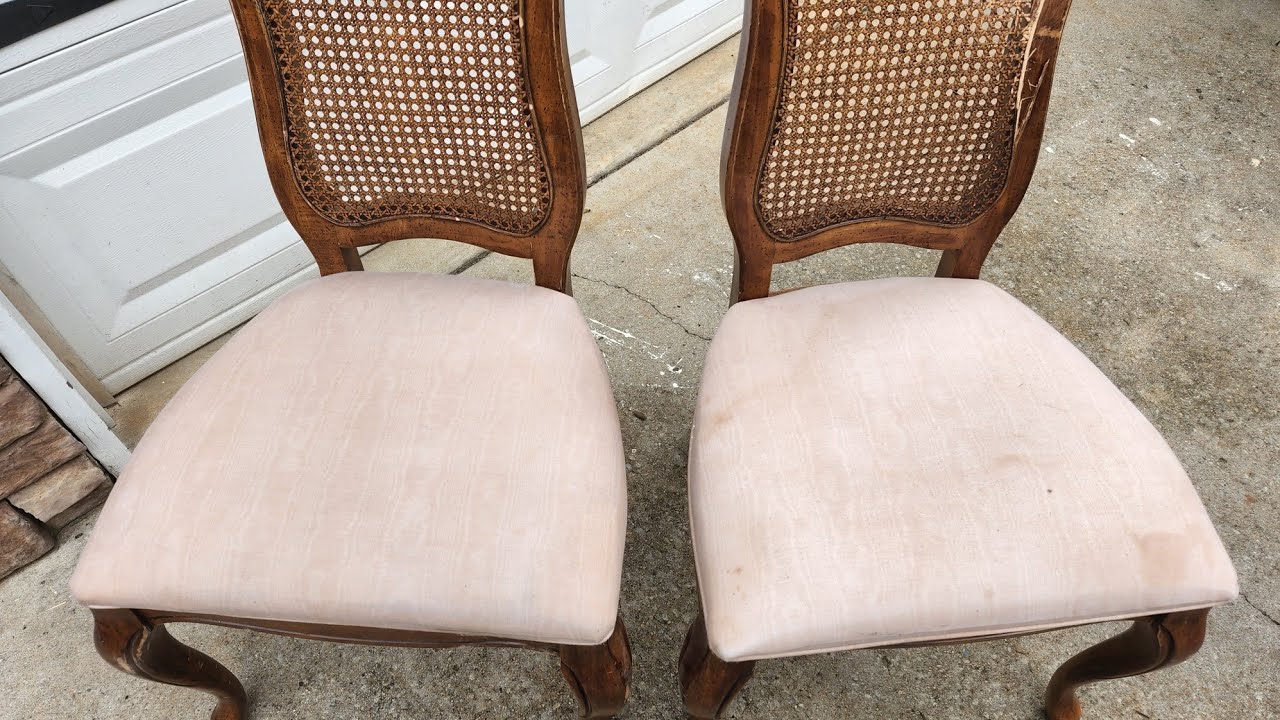

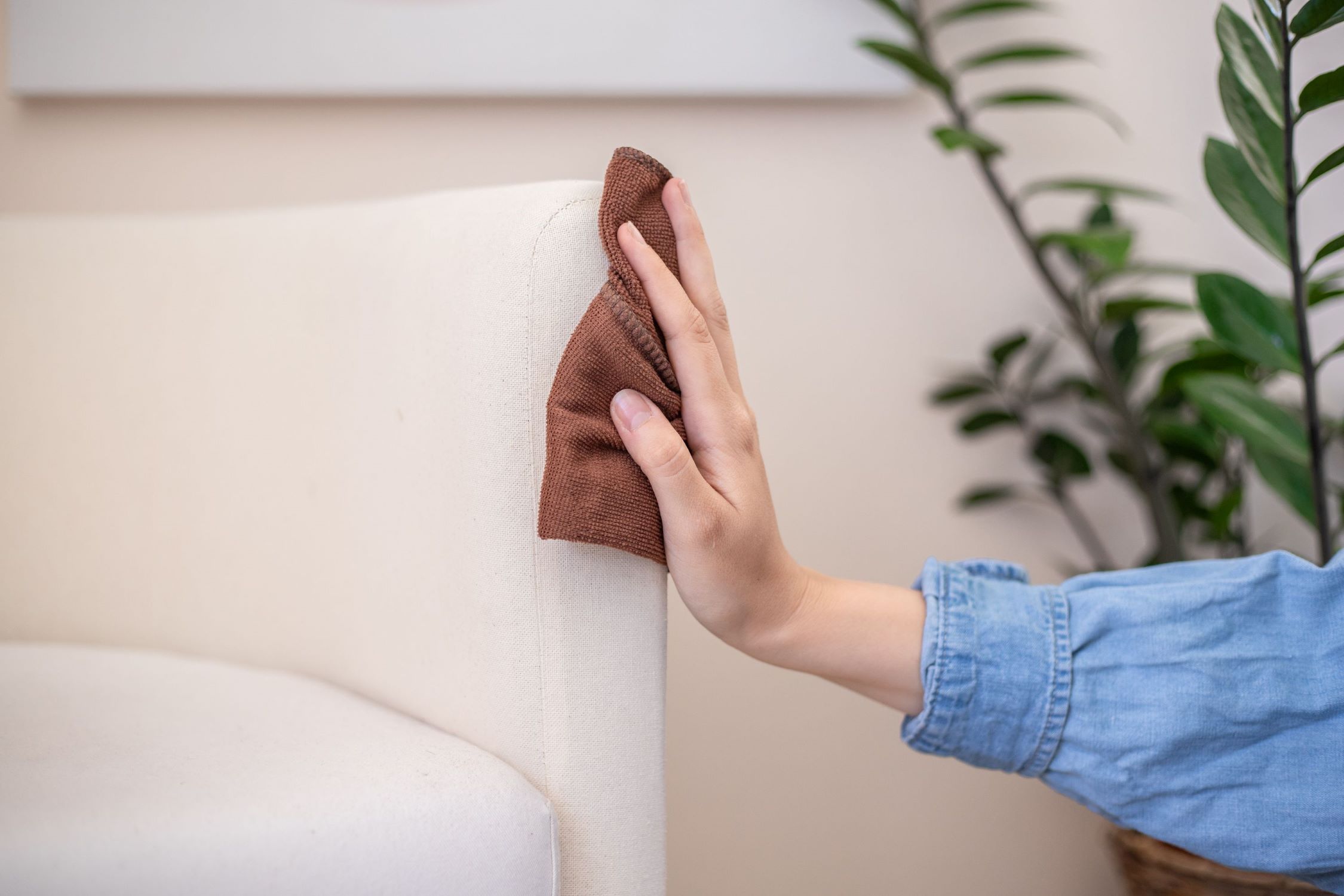
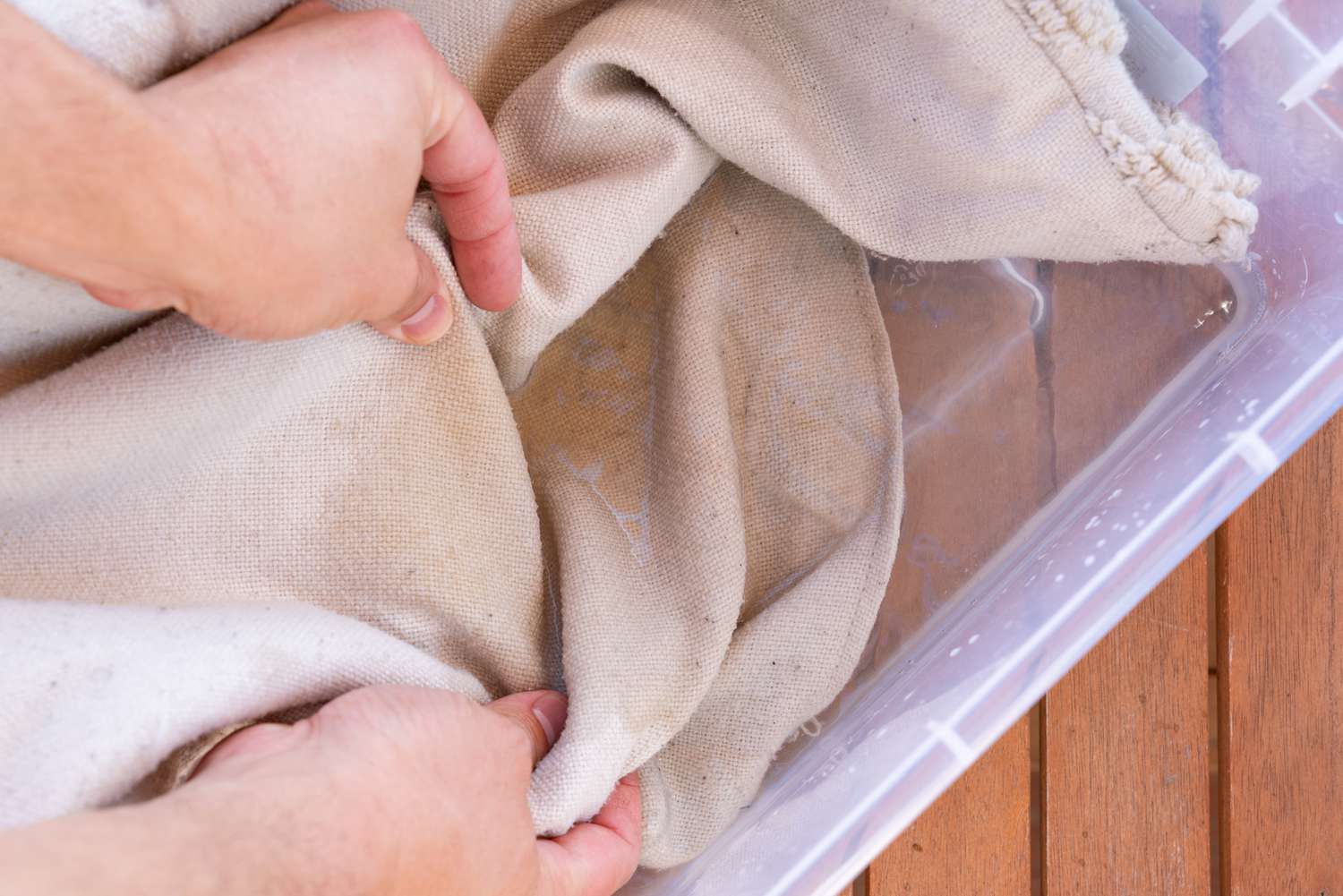
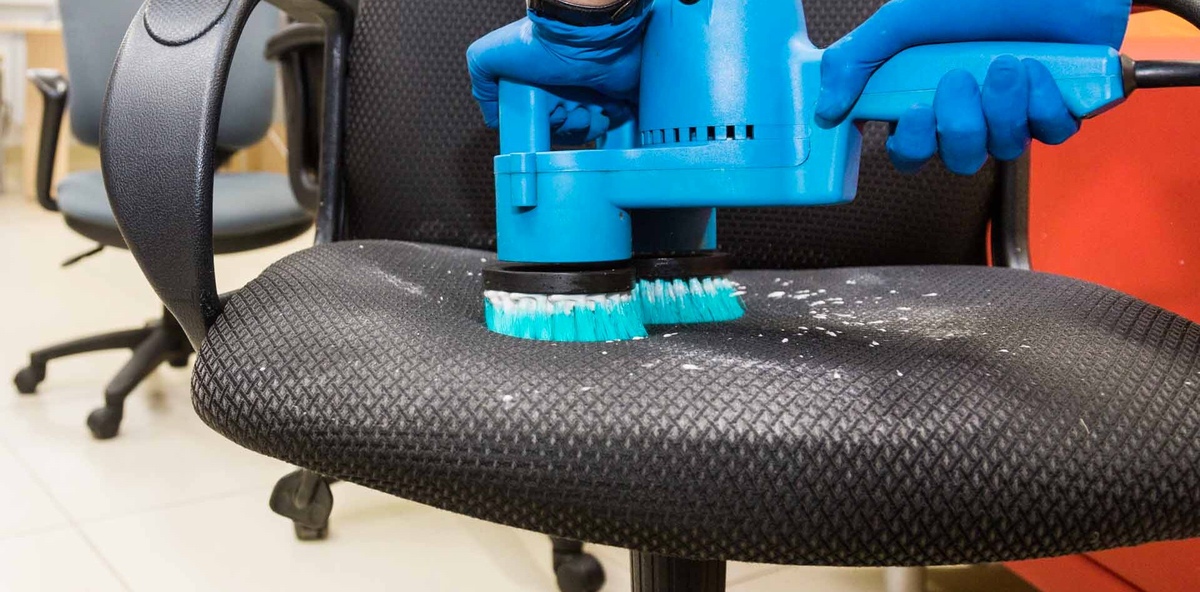
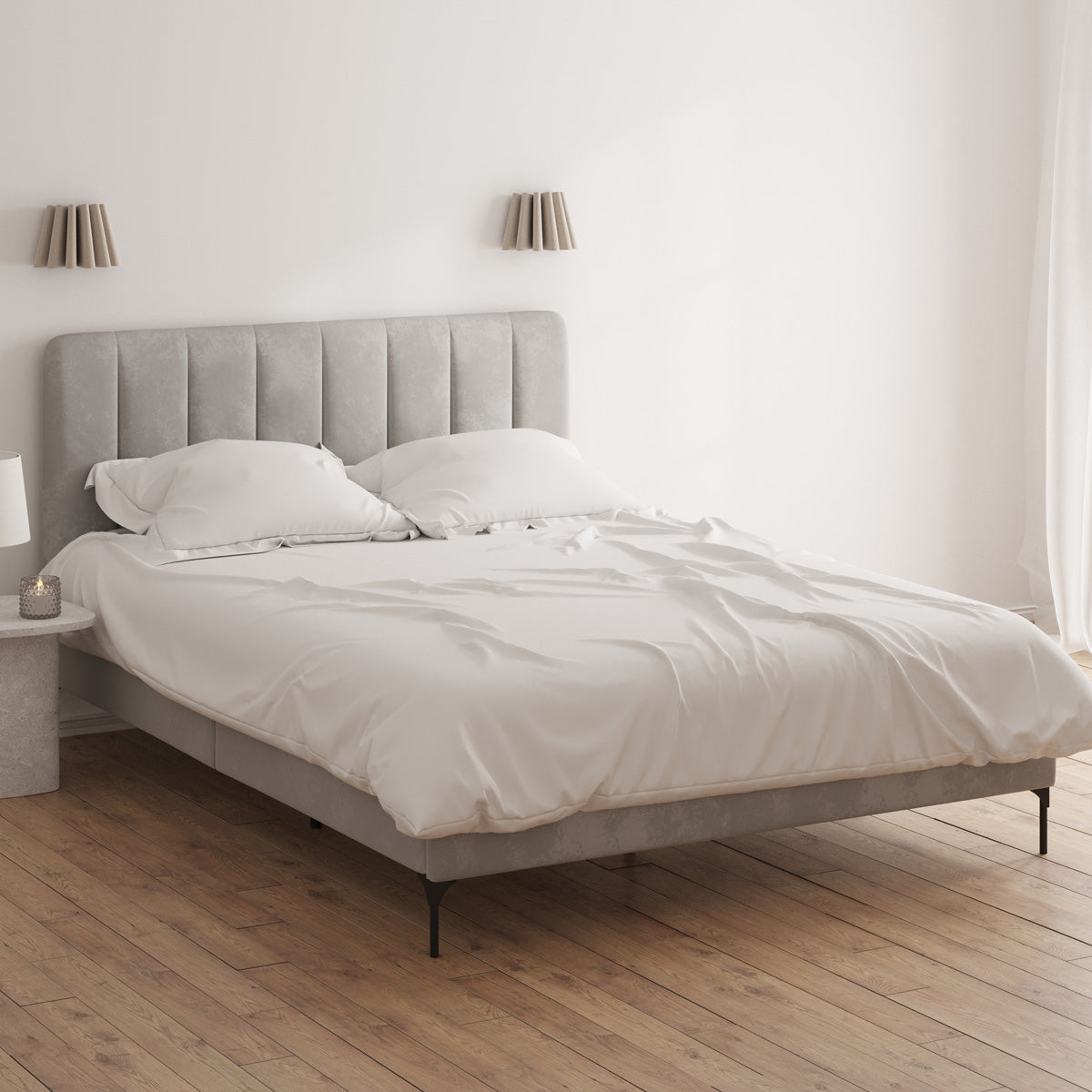
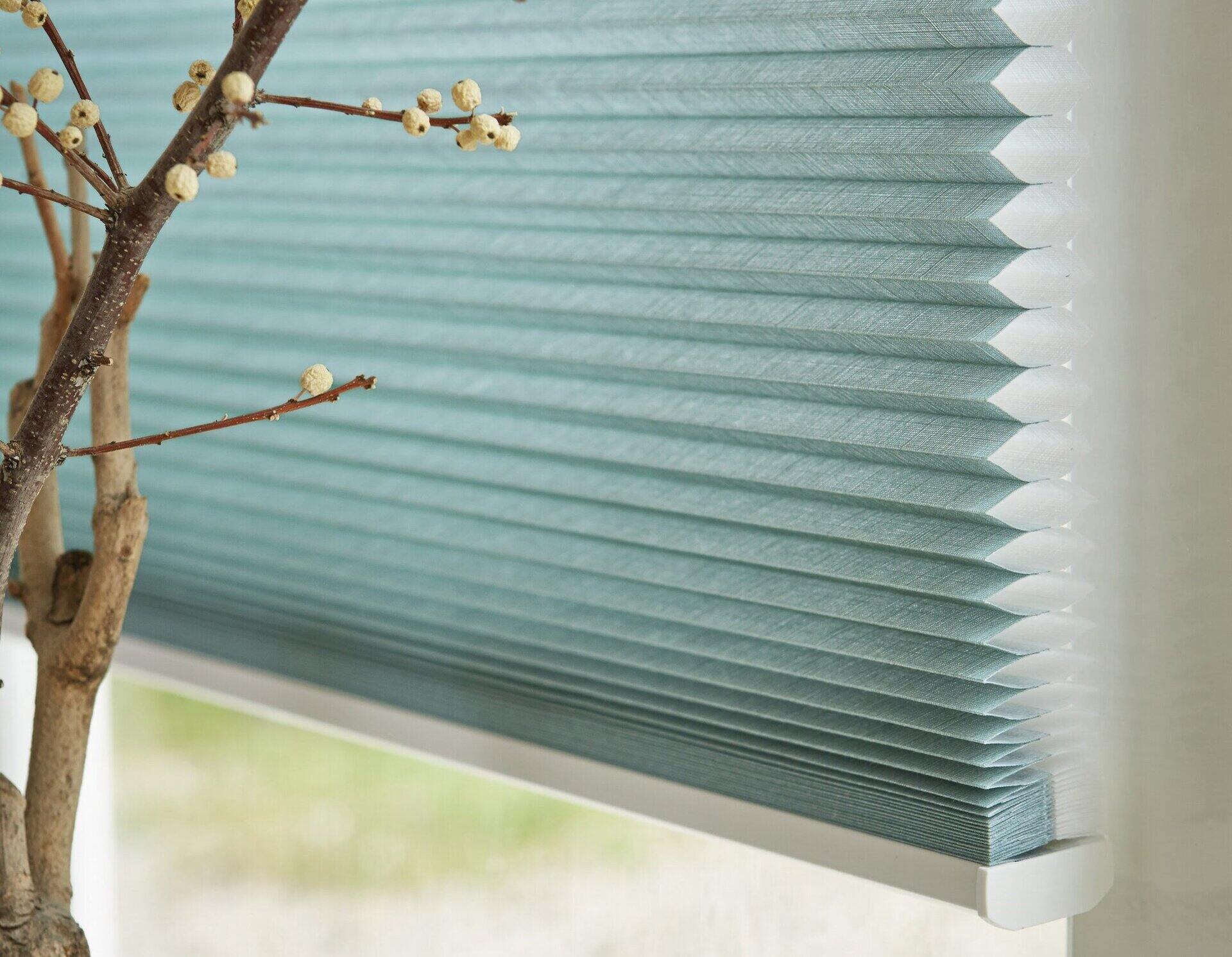
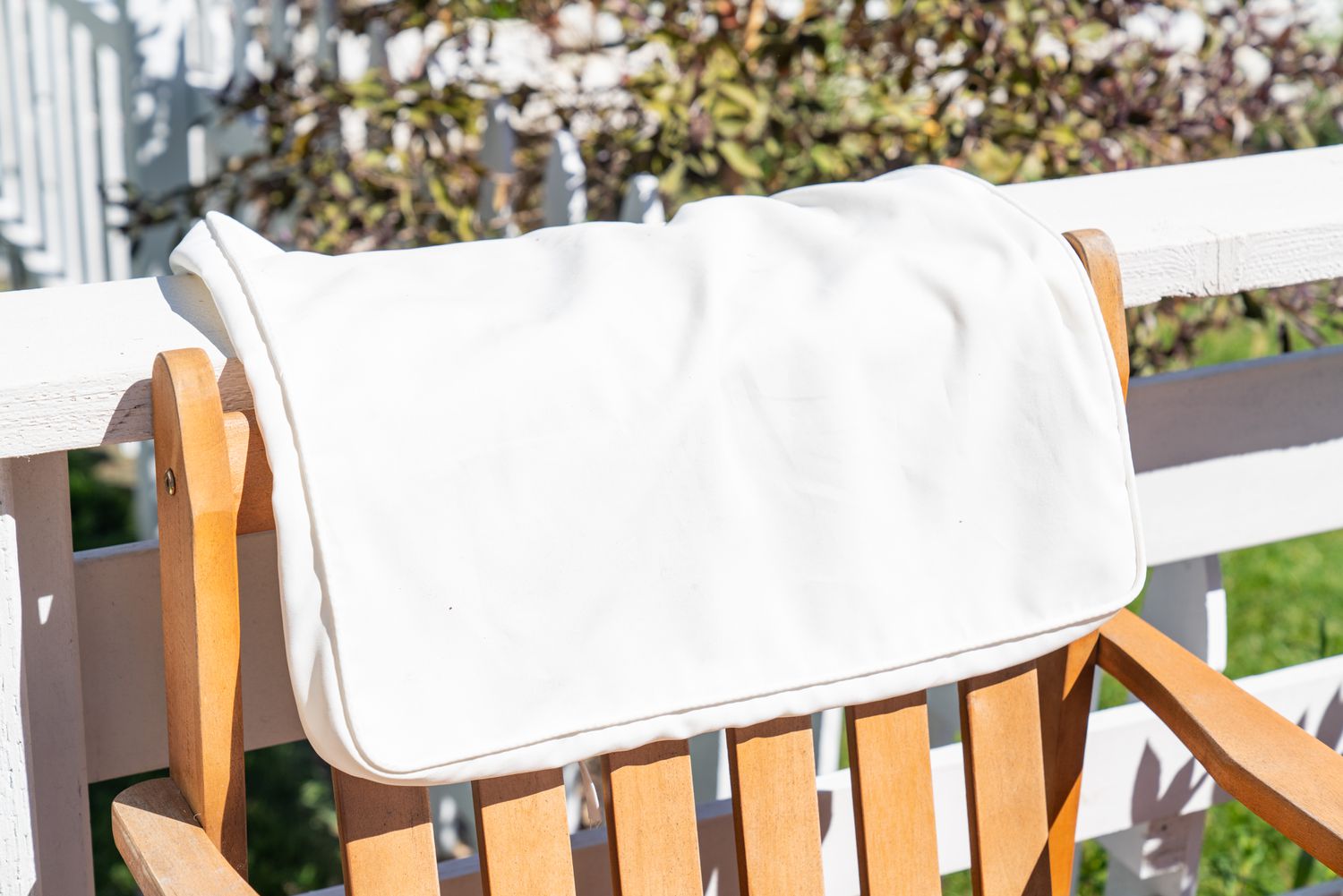
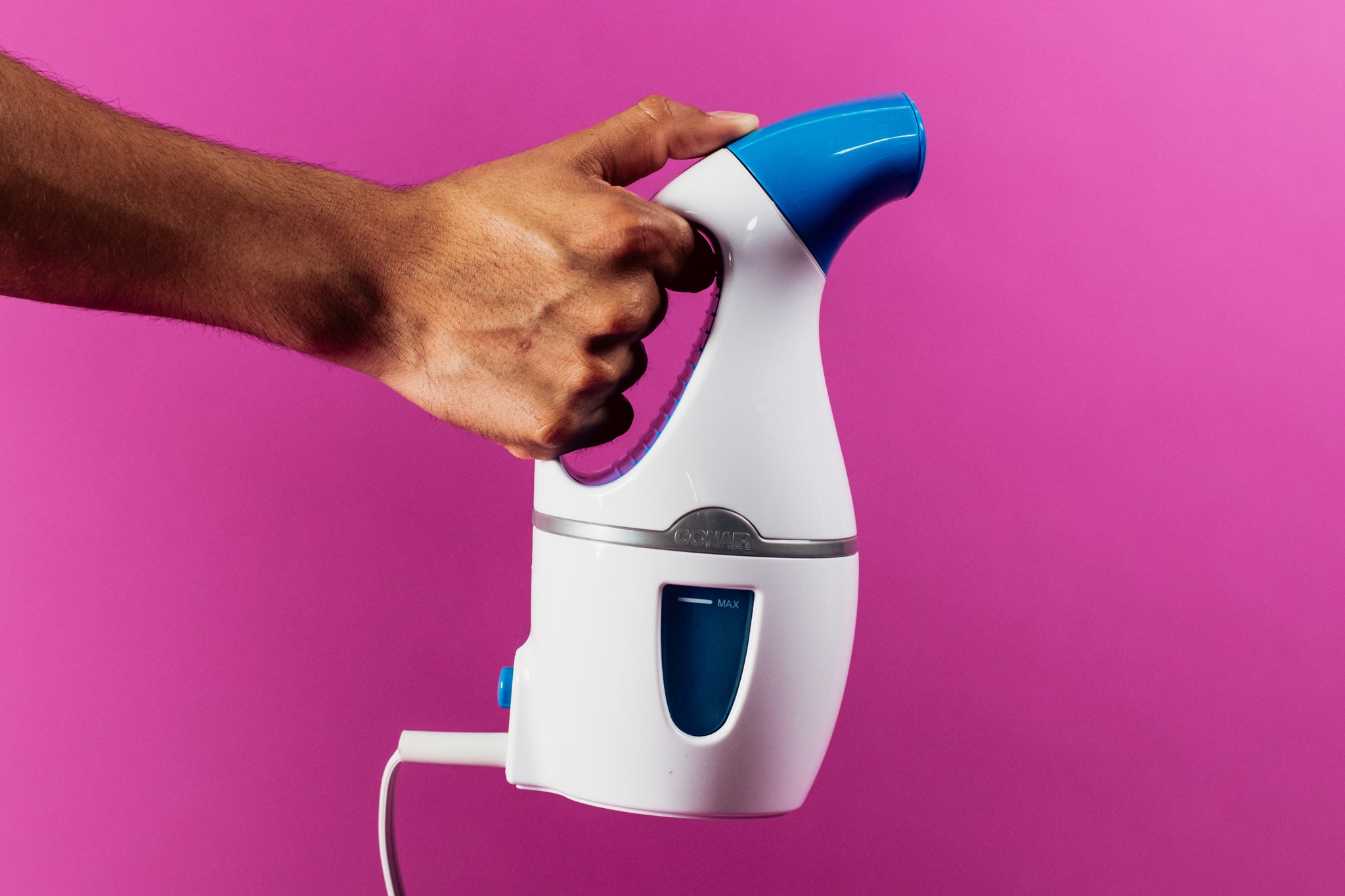
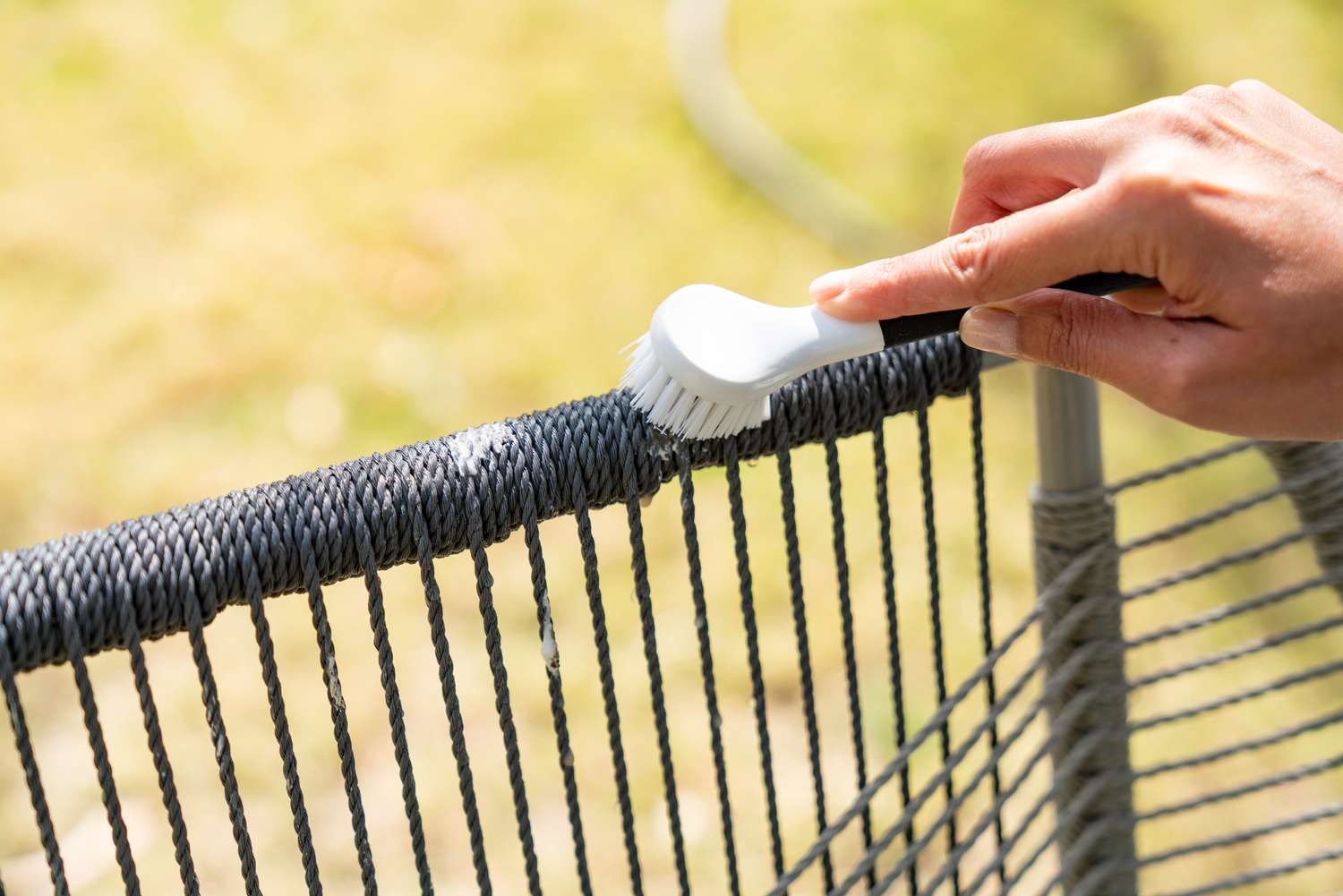
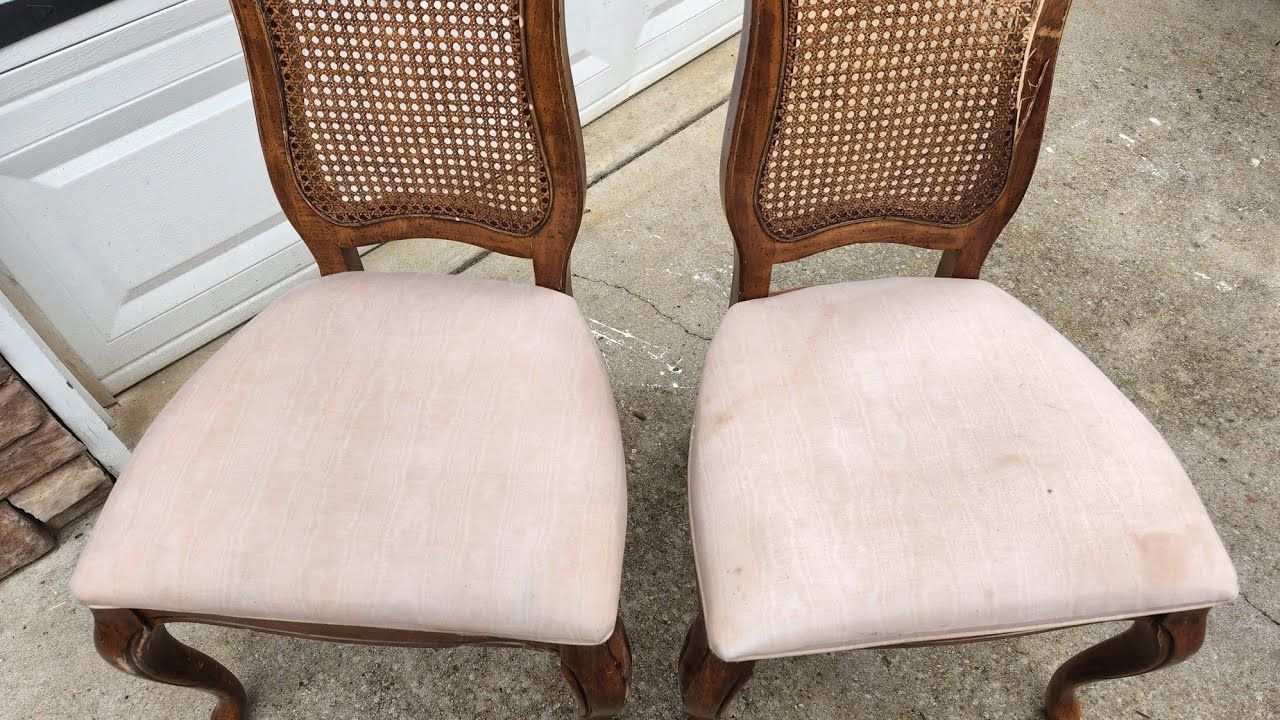
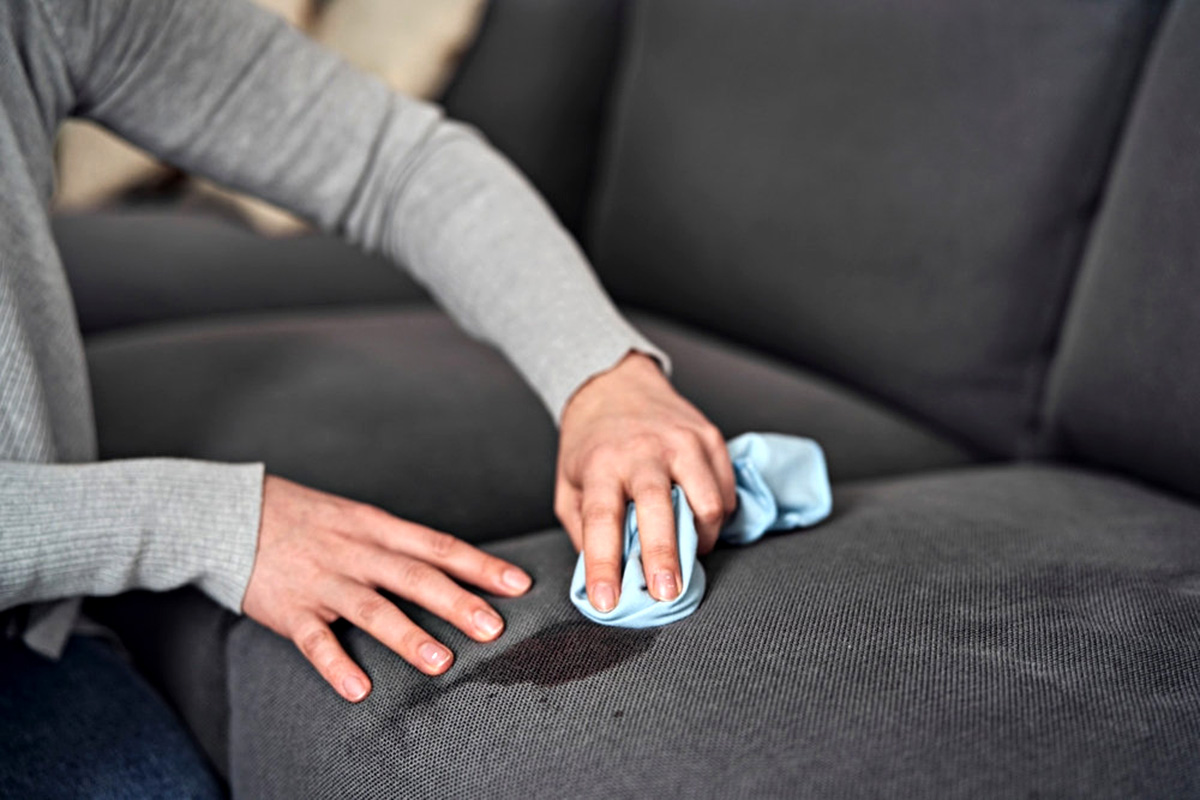

0 thoughts on “How To Clean Hammock Fabric”